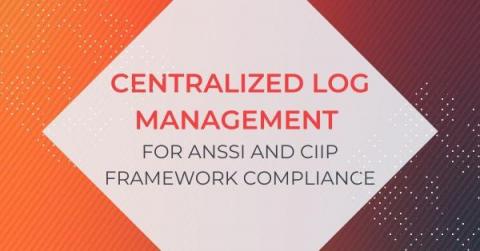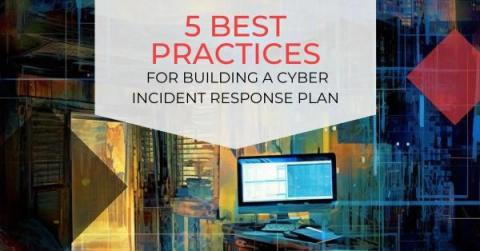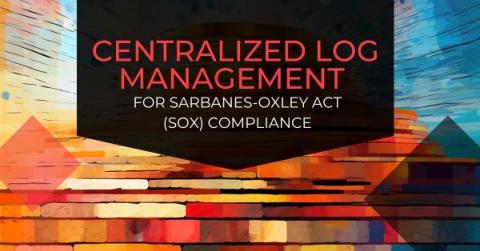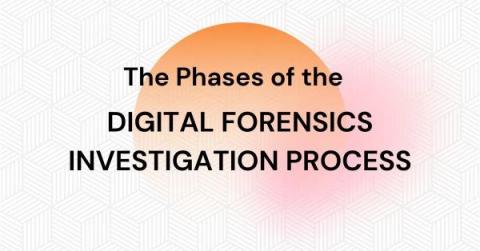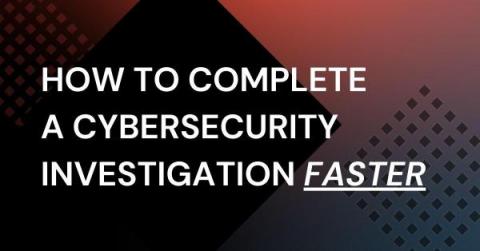From Resurface to Graylog API Security: The Next Chapter
When I started Resurface, my core thesis was that web and API security brought unique requirements requiring purpose-built data systems. Using Splunk at scale for API monitoring was/is prohibitively expensive. Using Hadoop or Kafka requires a nerd army to run at any scale. Few data platforms include a mature web or API monitoring model, so this has to be custom-overlaid at significant expense.



